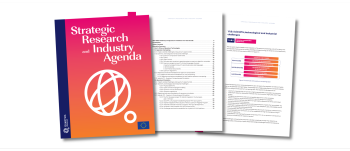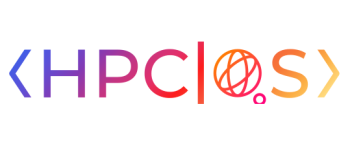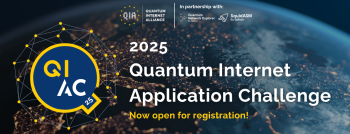The Quantum Flagship enters a new industry-oriented phase, focused on strengthening the link between the research community and the market by means of technology scale-up and transfer to companies. This will come with a new Coordination and Support Action, entitled QUCATS (2022-2025).
When the Quantum Flagship was launched in October of 2018, one of the main goals of the initiative was to drive the research and development of quantum technologies throughout Europe and position the region as a worldwide leader of the field. Throughout its first three years of life, known as the ramp-up phase, the 21 research projects that fed the big initiative with scientific innovations and discoveries, brought to the table staggering results not only in applied fields such Quantum Communications, Computing and Simulations, or Sensing and Metrology, but also in the fundamental area of Basic Science, going beyond the frontiers of knowledge and pushing the understanding of quantum technologies farther than we had expected. In parallel, other projects were jointly funded by the EC and national agencies under the quite effective QuantERA instrument.
These projects ran independently, under a structure called the Coordination and Support Action QFLAG project, whose mission was to support the European quantum community, create a sense of unity, provide an overall umbrella structure to all projects in terms of organization and internal communication, and help optimize the efforts of all individual entities into one gigantic, moving wave of European innovation in the field.
The ramp-up phase is now over and the initiative is moving into its youth years, aimed to focus its efforts in strengthening liaisons with companies, SMEs and start-ups to transfer all the results obtained in the lab into prototypes, demonstrators, devices, and seek to scale them up to reach market potential customers eager to adapt and integrate these technologies in their production lines.
To successfully achieve this industrial perspective and aim to be market ready, the entire initiative is changing its internal structure to better fit these needs. In these next years, it will group together specific “SGA” (Specific Grant Agreement) projects, which will be organized under “FPA” (Framework Partnership Agreements) and pilot programs to optimize processes and aim to steadily promote the development of specific quantum technologies. Another major change is the involvement of many EC actors and structures beyond the initial Flagship boundaries, targeted to industry policies and also investment, such as EuroQCS, EuroQCI, QT Fund, and new instruments for joint EC and national support.
Being the core articulation of all these activities, the new Coordination and Support Action QUCATS, coordinated by Philippe Grangier from CNRS, aims at strengthening the foundations of the Flagship and related initiatives. The CSA will thus facilitate the growth of the science and technology supply chain to ensure robustness and strategic coherence of the whole research and innovation ecosystem, and ensure that Europe stays ahead in the global economical and societal development.
For this purpose, QUCATS will run from May 1, 2022 to April 30, 2025, in order to develop and maintain a vision on the strategy and growth of all quantum technologies. It will sustain efforts towards outreach, cooperation, and exploitation, stabilize the quantum benefits through standardization and benchmarks, and develop and evaluate QT-oriented workforce education and training. Another major role will be to support the Commission in reaching its political ambition in Quantum Technologies, in order to safeguard European strategic assets, interests, and security, while advancing towards its goal of strategic autonomy. The CSA QUCATS will thus be instrumental in achieving one key Digital-Decade goal, namely, being at the cutting edge of quantum capabilities by 2030.



